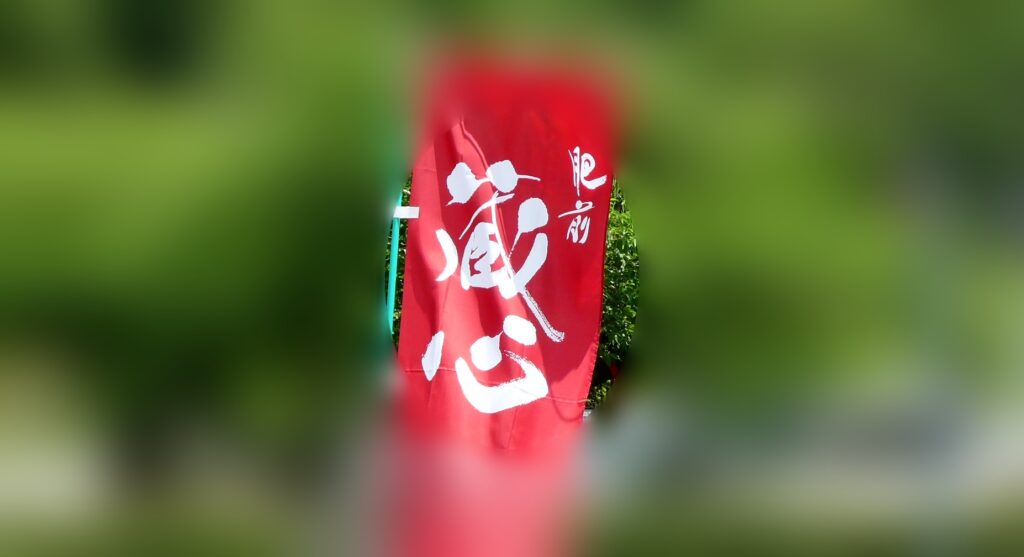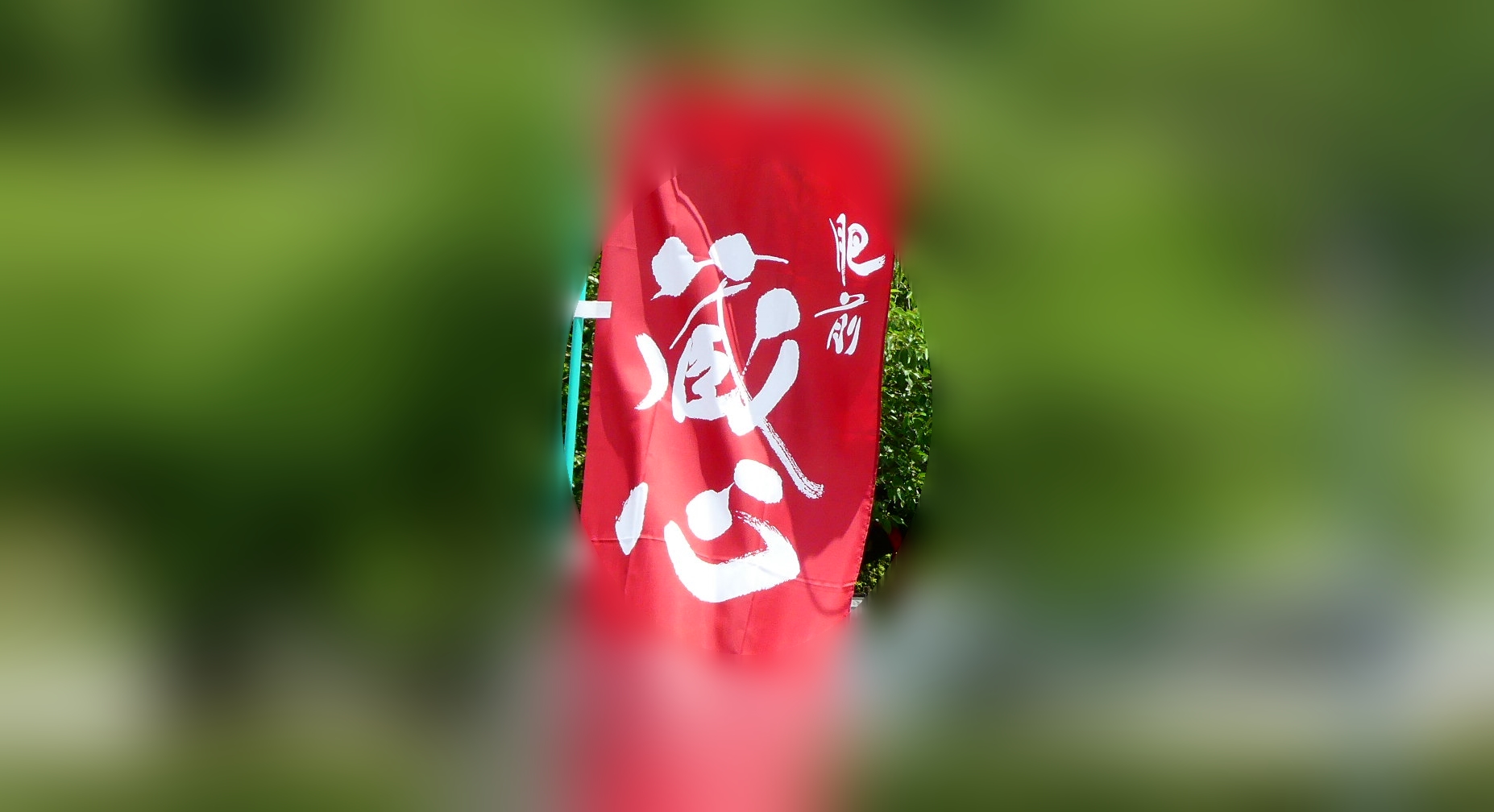All rights are reserved under the copyright of Yasuyuki Ayukawa (2023)
I am visiting companies challenging the global market with Japanese skills, Japanese quality, and Japanese craftmanship based on the tradition. I don’t know if the world has overtaken Japan or if Japan has declined, but in recent years, it is said that Japan’s position in the world is declining in various parts such as economy, society, and the quality of life. But is it really so? Japan still has world-class technology, traditions, and culture, and the value of these has been recognized in other parts of the global market thanks to the efforts of many companies pioneering the market in many countries. Furthermore, there are also new companies taking on the challenge with products and technologies, with their confidence and pride, to the world. In this series, I would like to introduce how such companies are challenging the global market.
I am visiting companies challenging the global market with Japanese skills, Japanese quality, and Japanese craftmanship based on the tradition. I don’t know if the world has overtaken Japan or if Japan has declined, but in recent years, it is said that Japan’s position in the world is declining in various parts such as economy, society, and the quality of life. But is it really so? Japan still has world-class technology, traditions, and culture, and the value of these has been recognized in other parts of the global market thanks to the efforts of many companies pioneering the market in many countries. Furthermore, there are also new companies taking on the challenge with products and technologies, with their confidence and pride, to the world. In this series, I would like to introduce how such companies are challenging the global market.
In these new series of issues,
I am introducing
the vital actions
of entrepreneurs
in Saga, Kyushu – west end of Japan.
The approach is, again,
how to
get into
overseas market.
This time,
I would like to introduce
Yano Shuzo Ltd.
(https://yanoshuzou.jp)
Shuzo means
exactly
Sake Brewery
Hizenkuragokoro
Junmai Ginjo
It is “Hizen Kuragokoro Junmai Ginjo” representing the brand of Yano Suzho’s “Hizen Kuragokoro”.
It is a brand with the feature of taste which is lean but with rich body. This Hizen Kuragokoro Junmai Ginjo indeed embodies brewery spirit of Hizen (ancient name of Saga), making fully use of the features unique to the region, and unique as Yano Shuzo wholeheartedly.
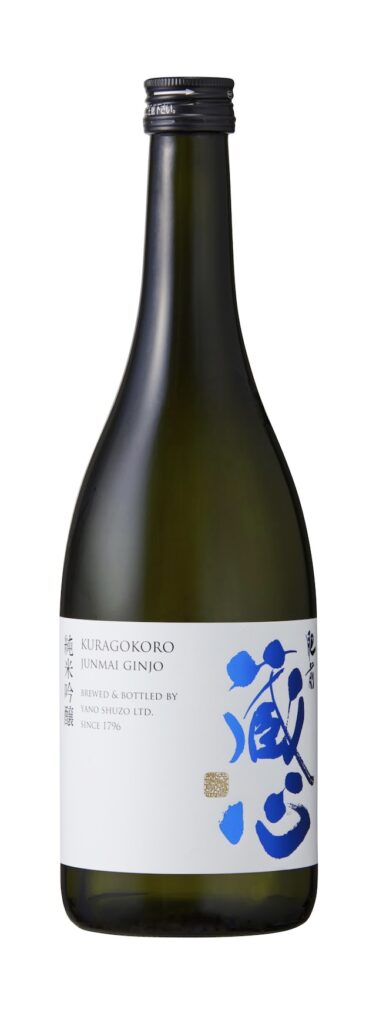
Yano Shuzo brews this “Hizen Kuragokoro Junmai Ginjo” using this Kimoto Jikomi (Kimoto method). The Kimoto method and the Yamahai Jikomi (Yamahai method) are used to bring out the unique characteristics of Yano Shuzo’s location and brewery.
What are Kimoto Jikomi and Yamahai Jikomi?
In sake brewing, koji mould’s fermentation converts carbohydrates in rice into sugar, and yeast’s fermentation converts sugar into alcohol in parallel.
The starting point of parallel fermentation is so called “moto”, the mixture of steamed rice with live koji-mould and live yeast.
In the tank, “moto” is charged with steamed rice and koji-mould and yeast is simultaneously multiplied and functionated to go ahead Sake fermentation.
Here, the environment is made acidic with lactic acid so that yeast can make a lot of alcohol.
This creates an environment in which yeast can easily grow and be active, and also suppresses the growth of microorganisms unrelated to fermentation.
To create this acidic environment, today’s common practice would be to add lactic acid artificially to the brewing tank beforehand; this method is so called “Sokujo (meaning quick brew)”.
Kimoto Jikomi and Yamahai Jikomi do not add lactic acid in this way, but to make lactic acid, rather utilising lactic bacteria inhabiting in the environment, such as in the air in the brewery sites.
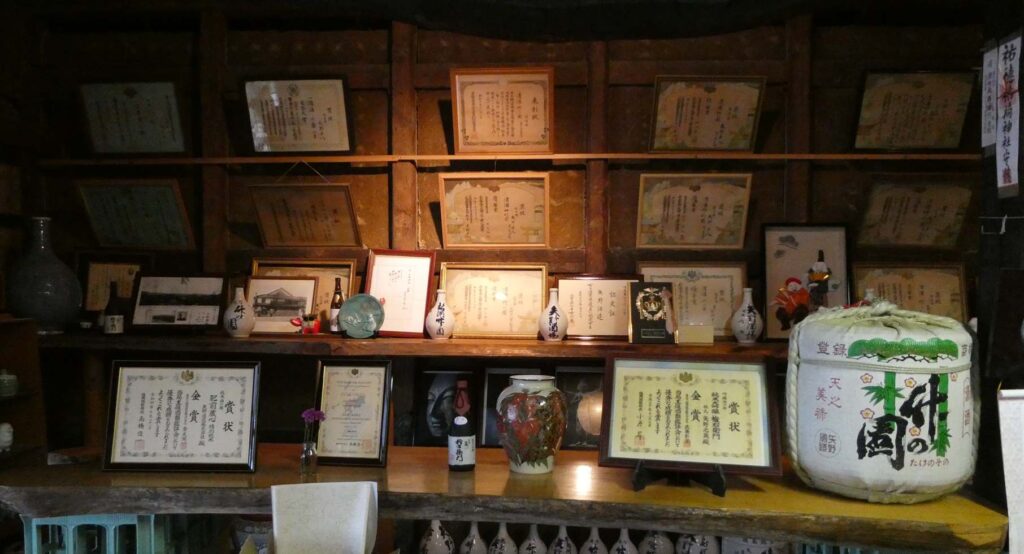
For Hizen Kuragokoro Junmai Ginjo, Yano Shuzo prepares the environment so that the lactic bacteria in the brewery can be activated on the steamed rice, and the yeast is added after enough lactic acid is secreted.
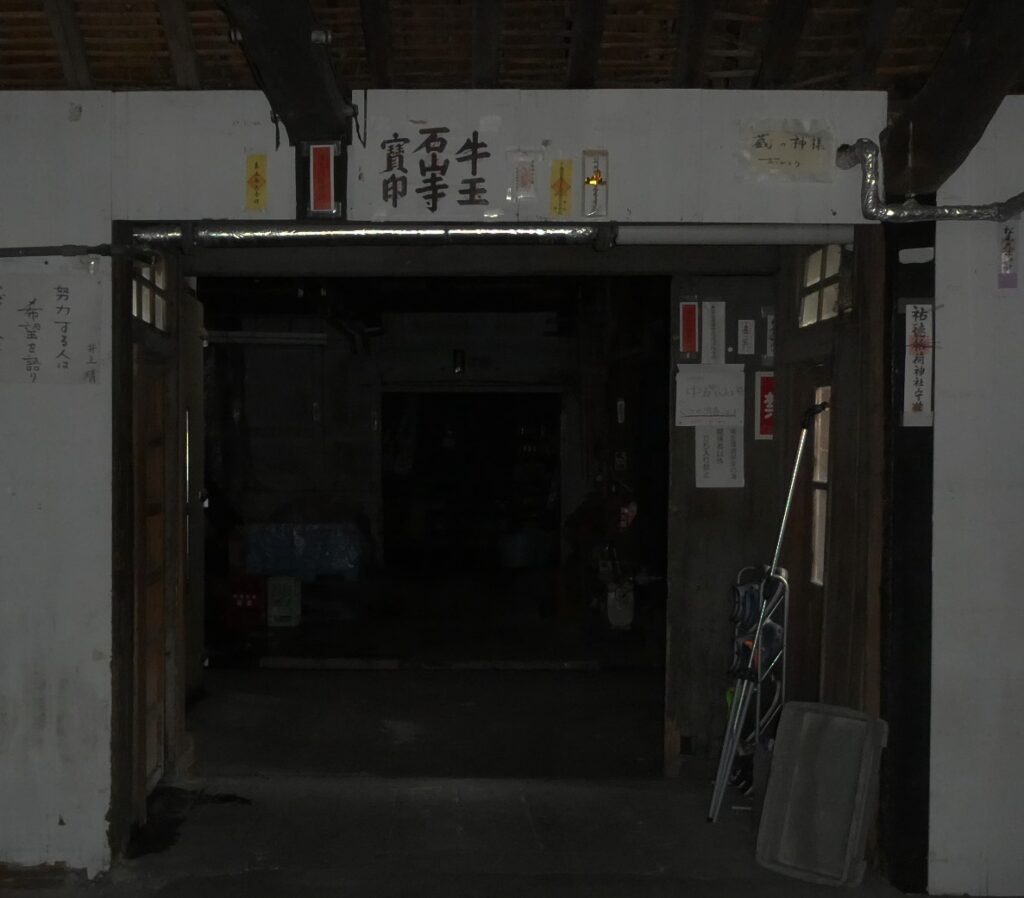
is made of “Moto” created by Lactic bacteria inhabiting in this Brewery.
Lactic bacteria are actually not special, and they are everywhere, but there are various different types depending on the environment of the place.
Humans only know about 10% of all types of microorganisms. And each microbe creates its own small ecosystem in its own environment.
And within that ecosystem, there is natural selection, and as a result, the type of microbes most suitable for that environment will eventually survive and inhabit.
In other words, the lactic bacteria living in Yano Shuzo’s brewery are the most suitable for the environment and is unique to Yano Shuzo’s brewery. Instead of adding lactic acid artificially, Hizen Kurashin Junmai Ginjo uses the lactic acid produced by the lactic bacteria inhabiting in the brewery to bring out the uniqueness of the brewery.
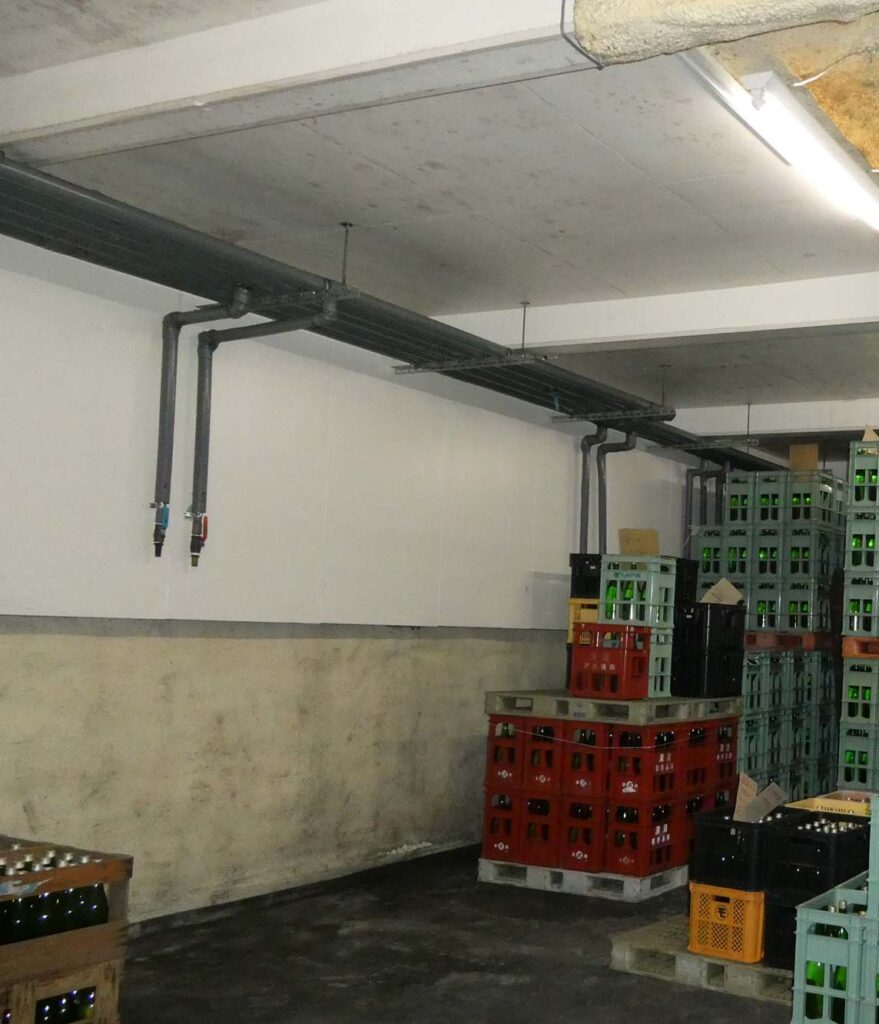
Such as Hizen Kuragokoro Junmai Ginjo, Yano Shuzo produces sake with a relatively lean and dry taste.
Such taste is relatively rare and valuable in sake from Kyushu, Saga, and Kashima, which have relatively warm climates.
In sake fermentation, if the environmental temperature is high, fermentation progresses quickly and a lot of sugars are formed, so the taste tends to be sweet and rich.
In Kashima, such area where mandarin oranges and other citrus fruits are widely cultivated, if brewing proceeds normally, this tendency will occur and the sake will taste sweet.
In this environment, the dry taste is also connected to the unique personality of Yano Shuzo.
There are various invention to do this, such as brewing in a product storage warehouse with refrigeration equipment.
Local brew
to the world
Yano Shuzo’s export initiative started 8 years ago as a business strategy for expansion in the face of declining demand for sake and a shrinking market.
In the overseas market, sake with a strong impact when drunk tends to be welcome, such as a refreshing taste and a strong aroma. Therefore Yano Shuzo is focusing on promotion for sake with relatively high value added.
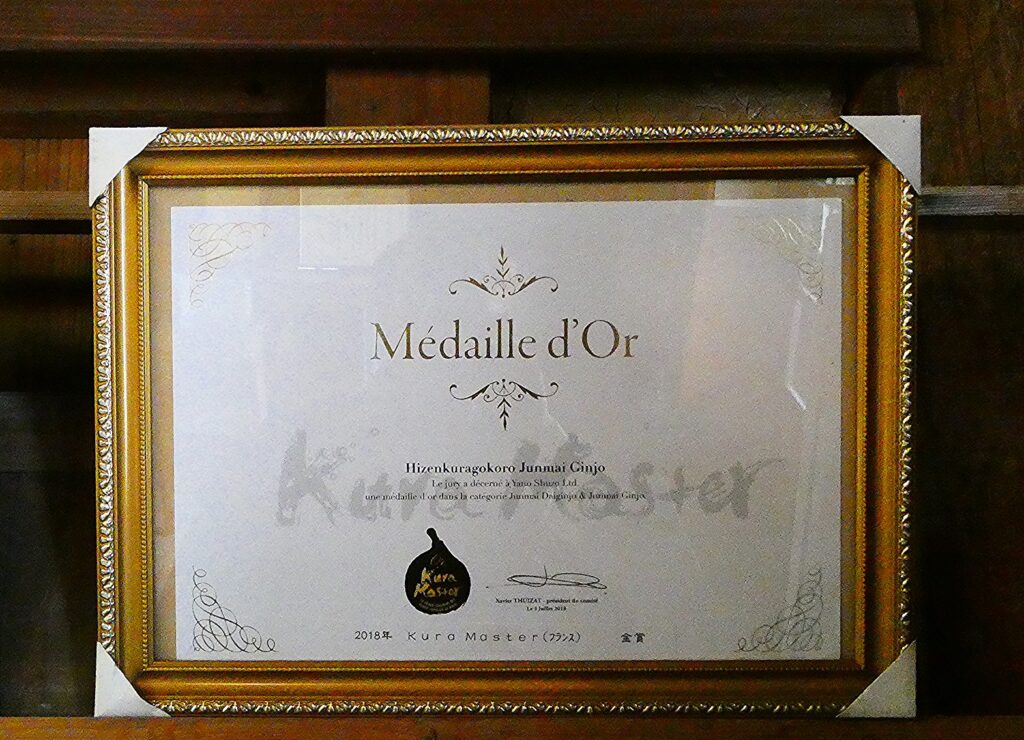
Main export destinations include North America, Hong Kong, China, and Taiwan. After all, Yano Shuzo started to approach overseas market just 8 years ago. Being a latecomer in exports, Yano Shuzo faced to the hard situation to get into.
For this reason, Yano Shuzo decided to focus on aged sake as a way to enter the US market.
This is the 7-year old sake with “Kimoto Jikomi” as I mentioned earlier, but it can be enjoyed as a base for cocktails in bars, French restaurants, and Scandinavian restaurants, mainly in New York State.
Taking advantage of the mellow taste of old sake, like Shaoxing wine, it became a cocktail with citrus liqueur and, in an unusual way, Yuzu pepper, which seems to be a liquor from Kyushu. is familiar with New Yorkers.
That said, Yano Shuzo also has to increase its export sales. Currently, the overseas market accounts for about 10% of total sales, but the goal is to increase this to 15% in 5 years and 20% in 10 years.
In major export destination countries, Yano Shuzo is planning a line-up of limited products for each country, as well as OEM products for each distributor.
Well, next time… Yano Shuzo’s final issue.
Mr. Motohide Yano’s thoughts on sake brewing as a chief brewer,
and the challenge of new sake brewing!
Stay tuned!
All rights are reserved under the copyright of Yasuyuki Ayukawa (2023)
